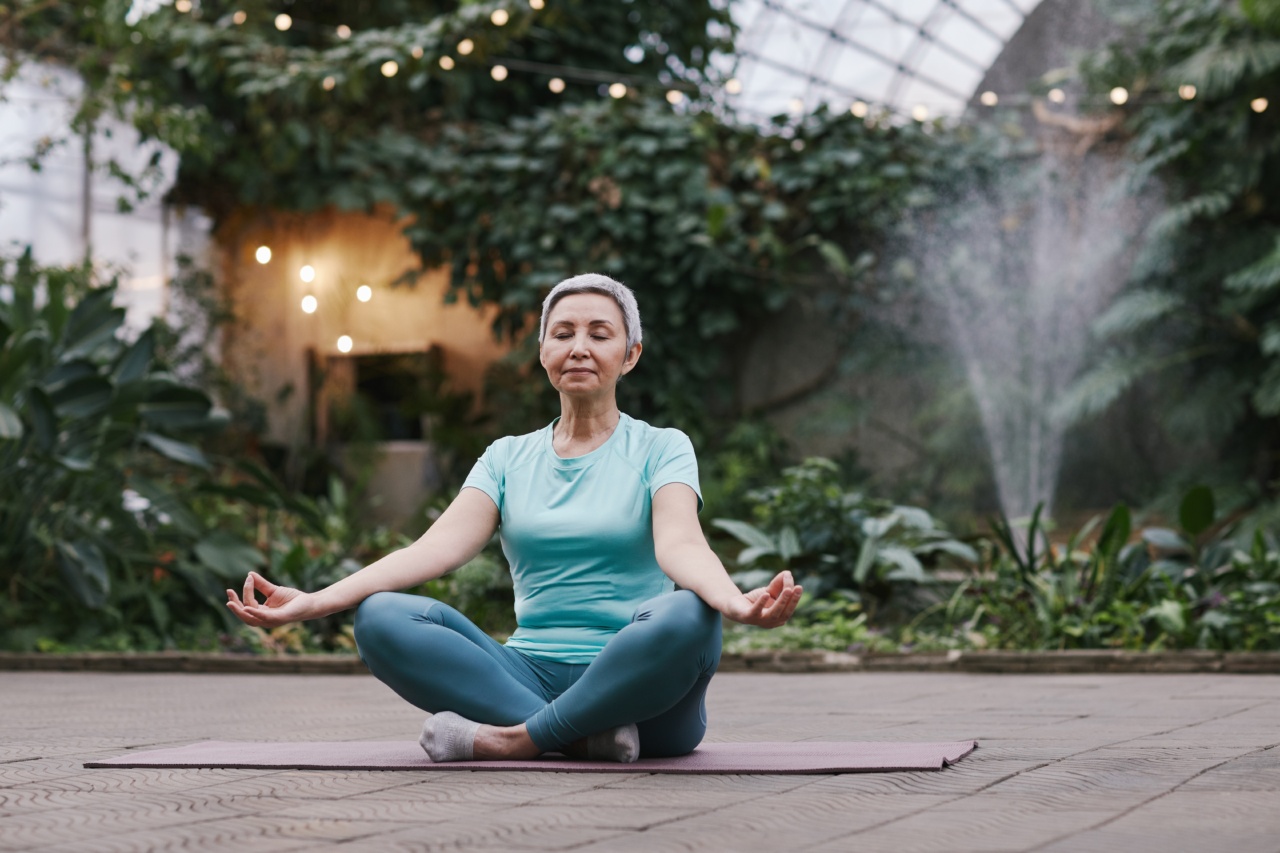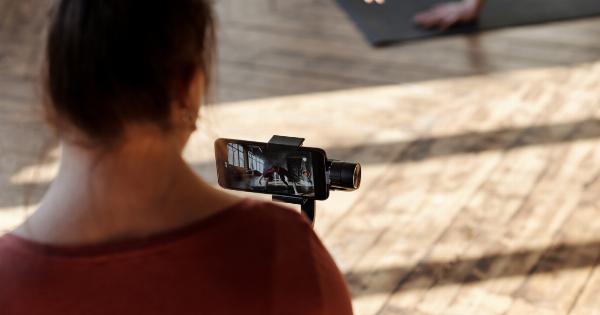Yoga is often associated with flexibility, calming the mind, and promoting overall well-being. However, this ancient practice encompasses much more than that.
With its various asanas (poses) and pranayama (breathing techniques), yoga can also be an excellent exercise for promoting healthy bones. In this article, we will explore how yoga can contribute to bone health and why it is an effective exercise for maintaining strong and resilient bones.
Understanding Bone Health
Before delving into the benefits of yoga for bone health, it is crucial to have a basic understanding of what bone health entails. Bones are far more than just a solid framework that supports the body.
They are a living tissue, continually being broken down and rebuilt throughout our lives. This process is known as the remodeling process and is essential for maintaining bone health and density.
However, as we age, the balance between bone breakdown and formation can become disrupted, leading to conditions such as osteoporosis and osteopenia. These conditions weaken bones, making them more susceptible to fractures and breaks.
It is therefore imperative to engage in activities that promote bone health and slow down bone loss.
The Role of Yoga
Yoga provides a unique combination of weight-bearing and resistance exercises that contribute to healthy bones. Weight-bearing exercises include any activities that force you to work against gravity while remaining upright, such as walking or running.
Resistance exercises, on the other hand, involve challenging your muscles to work against resistance, typically through the use of weights or resistance bands. Yoga incorporates both of these types of exercises, making it an excellent choice for maintaining bone health.
Specific Poses for Strong Bones
When it comes to promoting bone health, specific yoga poses target different regions of the body. Here are some examples:.
1. Tree Pose (Vrikshasana)
Tree pose strengthens the legs, ankles, and spine, thereby improving balance and stability. This standing pose encourages weight-bearing on one leg, helping to build bone density in the hips and lower limbs.
2. Extended Triangle Pose (Utthita Trikonasana)
The extended triangle pose engages the muscles and bones in the legs and spine. By stretching and strengthening these areas, it promotes stability and supports bone health.
3. Bridge Pose (Setu Bandhasana)
Bridge pose targets the spine, hips, and chest, stimulating the muscles and bones in these regions. Regular practice of this pose can help maintain bone density and flexibility in the back.
4. Warrior II Pose (Virabhadrasana II)
Warrior II pose strengthens the legs, particularly the quadriceps and hamstrings. By promoting leg strength and stability, this pose contributes to better bone health and overall balance.
5. Plank Pose (Phalakasana)
Plank pose is a weight-bearing exercise that engages multiple muscle groups, including the arms, core, and legs. This pose stimulates bone growth and helps improve overall bone density.
How Yoga Supports Bone Health
Aside from these specific poses, yoga, as a whole, supports bone health through a variety of mechanisms:.
1. Weight-bearing Element
Many yoga poses involve bearing weight on the hands, arms, feet, or legs. These weight-bearing exercises increase the load on the bones, stimulating bone-building cells called osteoblasts. This process contributes to improved bone density and resilience.
2. Strengthening the Muscles Around Bones
The muscles surrounding the bones play a critical role in providing support and protection.
As yoga poses engage and strengthen these muscles, they also indirectly promote bone health by ensuring they are capable of providing adequate support to the skeletal system.
3. Enhanced Flexibility and Balance
Yoga poses often require a significant amount of balance and flexibility. By participating in regular yoga practice, individuals can enhance their overall balance and flexibility, reducing the risk of falls and fractures.
4. Stress Reduction
Chronic stress can have detrimental effects on bone health. Yoga incorporates specific breathing techniques and mindfulness practices that help reduce stress levels. By mitigating stress, yoga indirectly contributes to better bone health.
5. Improved Circulation
Yoga incorporates various poses and movements that enhance circulation throughout the body. Improved circulation ensures that nutrients, oxygen, and minerals essential for bone health are efficiently delivered to the bones.
Conclusion
Yoga offers a holistic approach to bone health by combining weight-bearing exercises, resistance training, muscle strengthening, flexibility, and stress reduction.
Regular practice of yoga poses can help maintain bone density, improve balance, and promote overall well-being. If you’re looking for an exercise routine that not only benefits your bones but also nurtures your mind and spirit, yoga is an excellent choice.































